Home Gardening Ideas
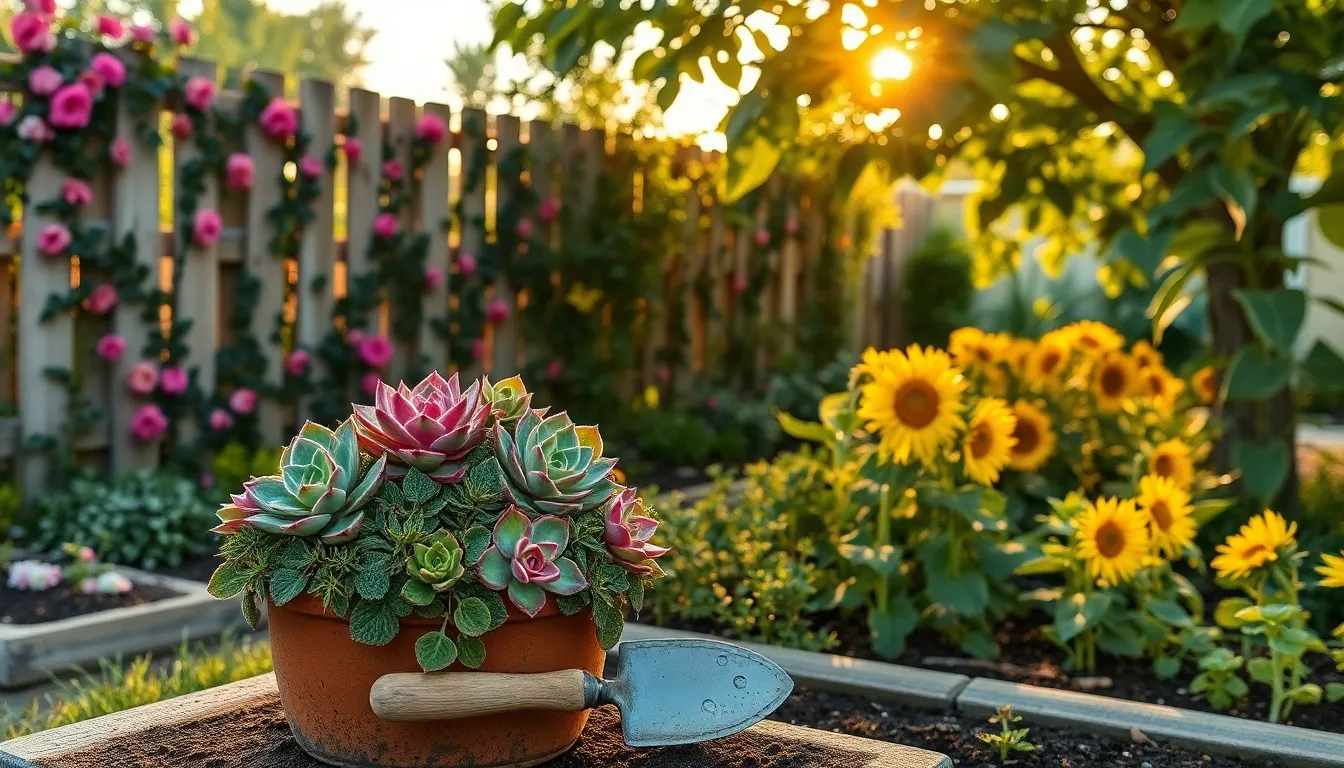
Common Gardening Mistakes to Avoid
Gardening is a journey filled with discovery, growth, and the occasional unexpected twist, much like the plants we lovingly tend ...
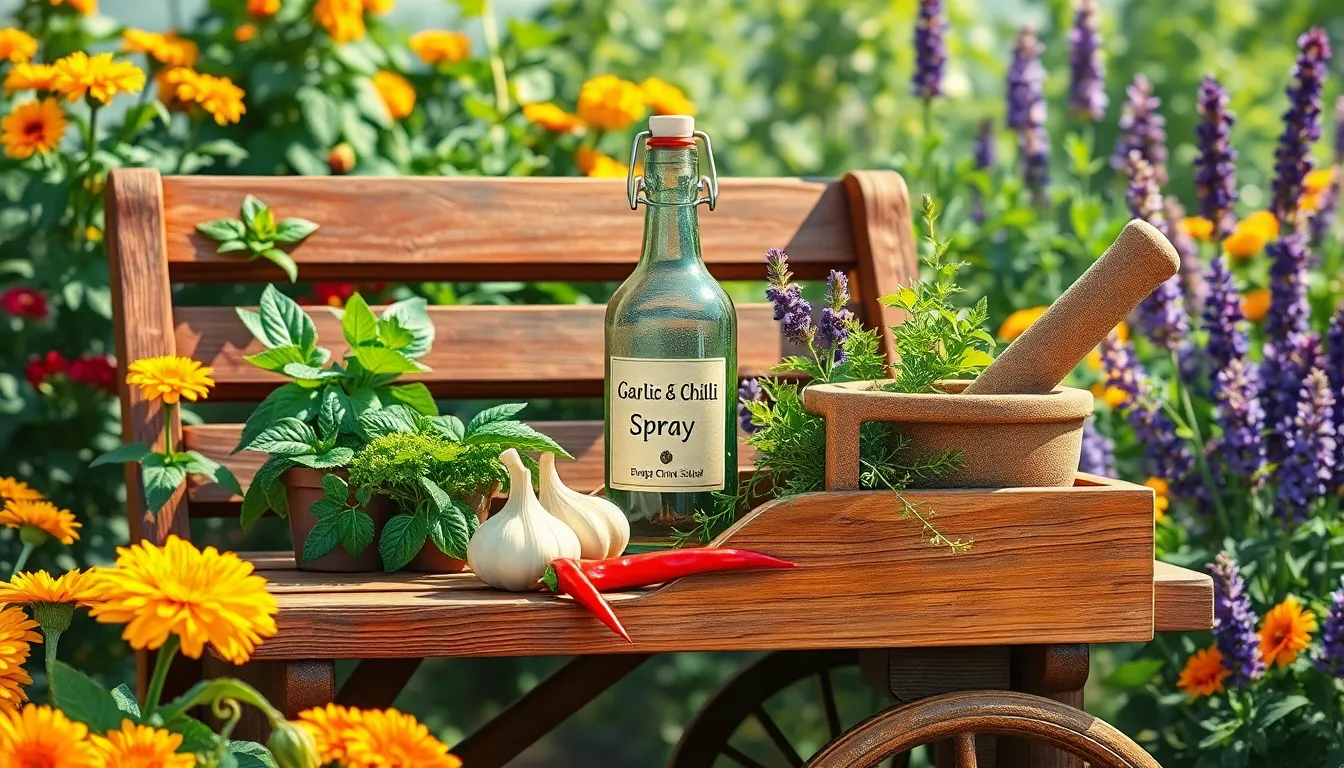
How to Make Natural Pesticides
In the serene world of gardening, every plant tells a story, but sometimes unwanted characters—pests—can disrupt the narrative. For both ...

Benefits of Raised Bed Gardening
Imagine stepping into your garden and finding a sanctuary of thriving plants, all meticulously organized in neat, elevated rows. Raised ...
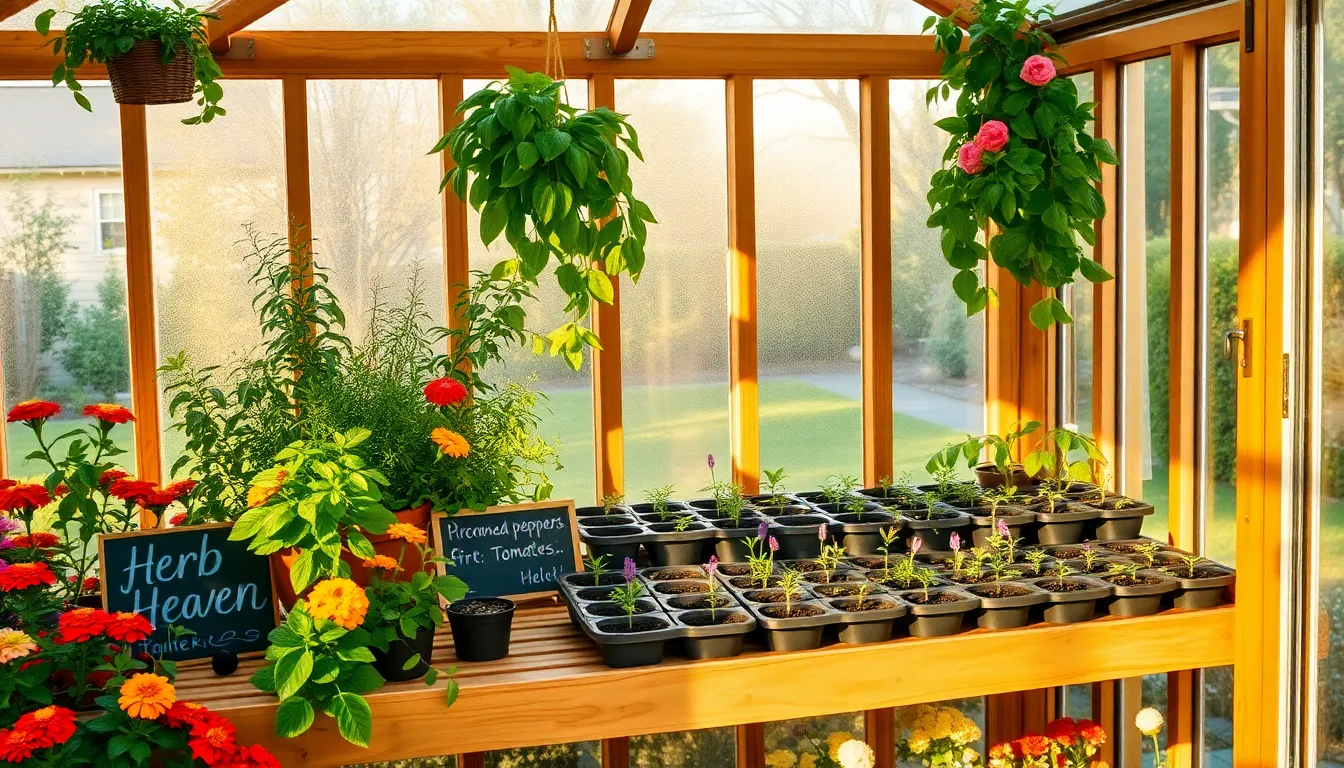
How to Start a Greenhouse Garden
Imagine a space where the constraints of seasons fade away, and the joy of nurturing plants thrives year-round. Welcome to ...
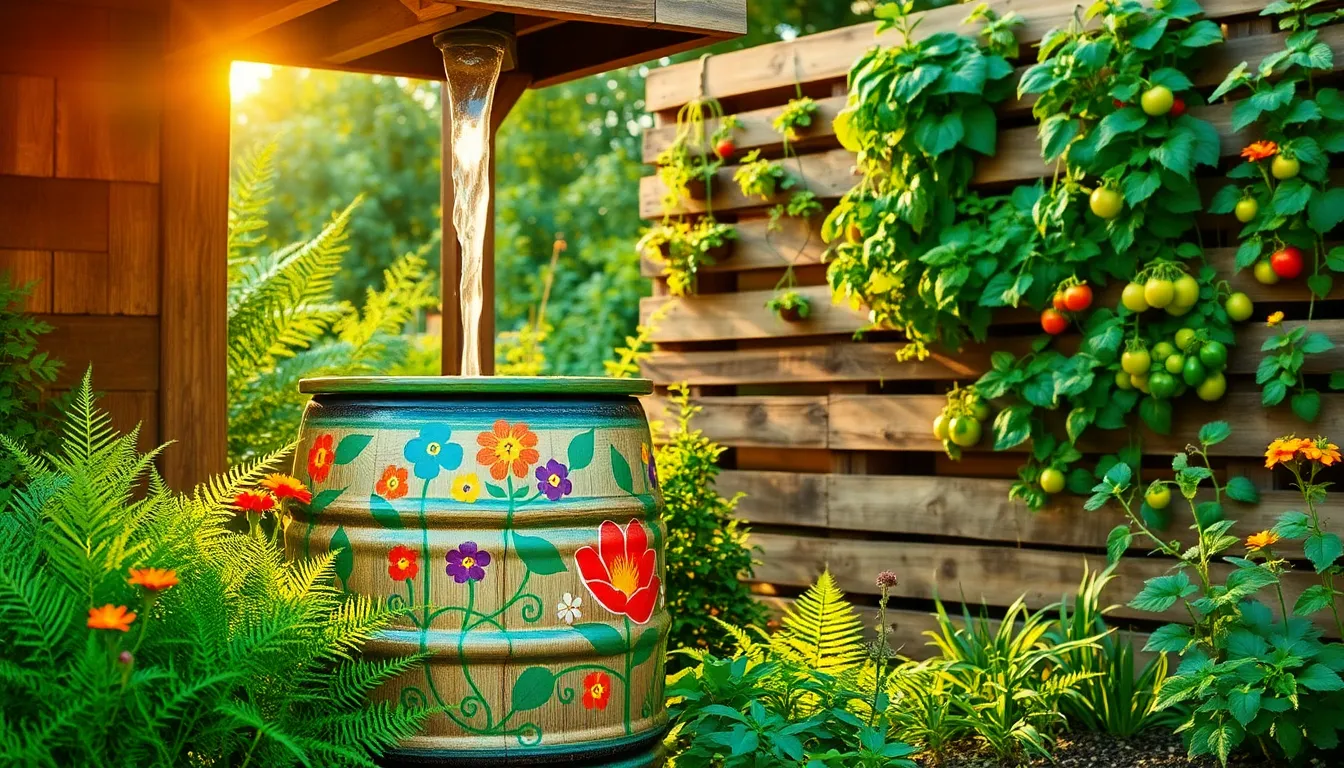
Rainwater Harvesting for Garden
Imagine having a self-sufficient garden that not only flourishes with life but also contributes to conserving one of our planet’s ...
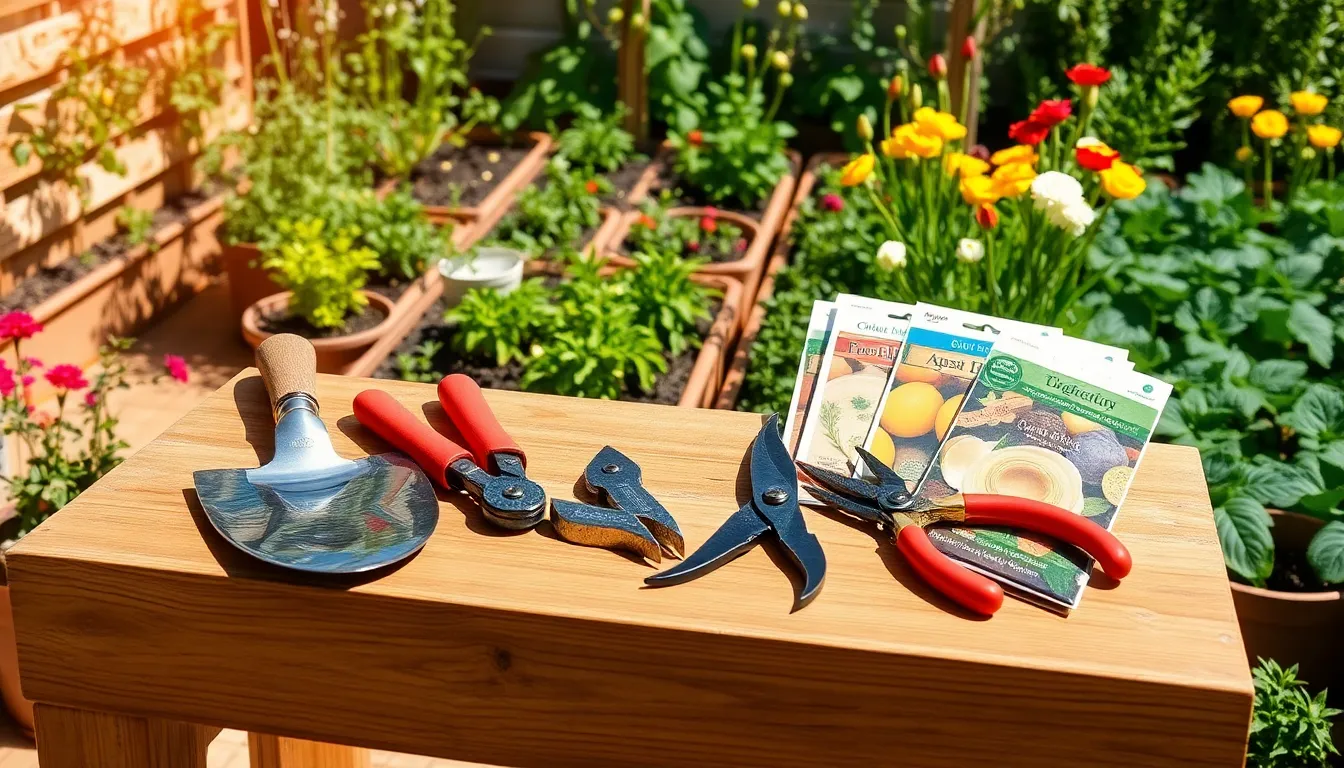
Best Gardening Tools for Beginners
Gardening is a journey that begins with a single seed and blooms into a tapestry of colors, scents, and flavors. ...

Creative Container Gardening Ideas
Welcome to the vibrant world of container gardening, where creativity blossoms as beautifully as the plants themselves! Whether you’re just ...
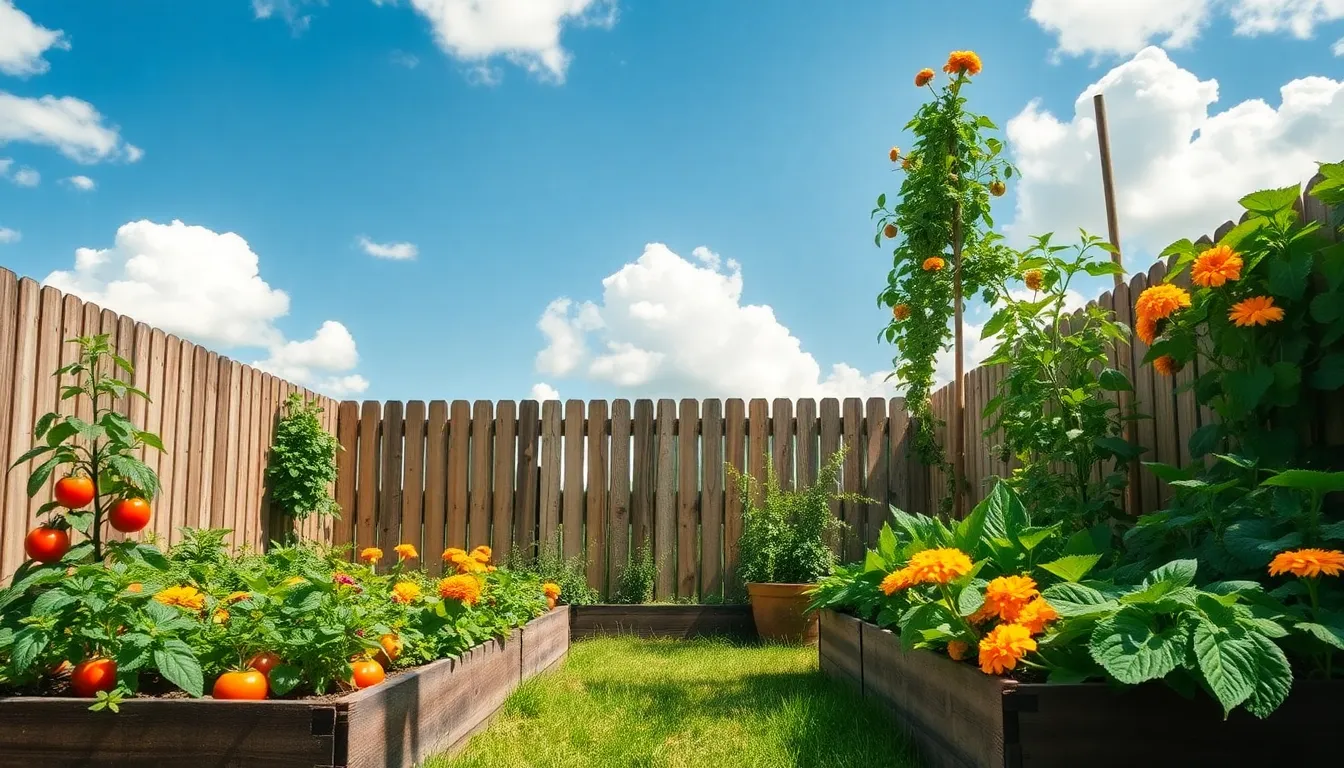
Garden Planning Tips for Summer
Summer is the season when gardens truly come alive, bursting with color and vibrancy that can transform any outdoor space ...
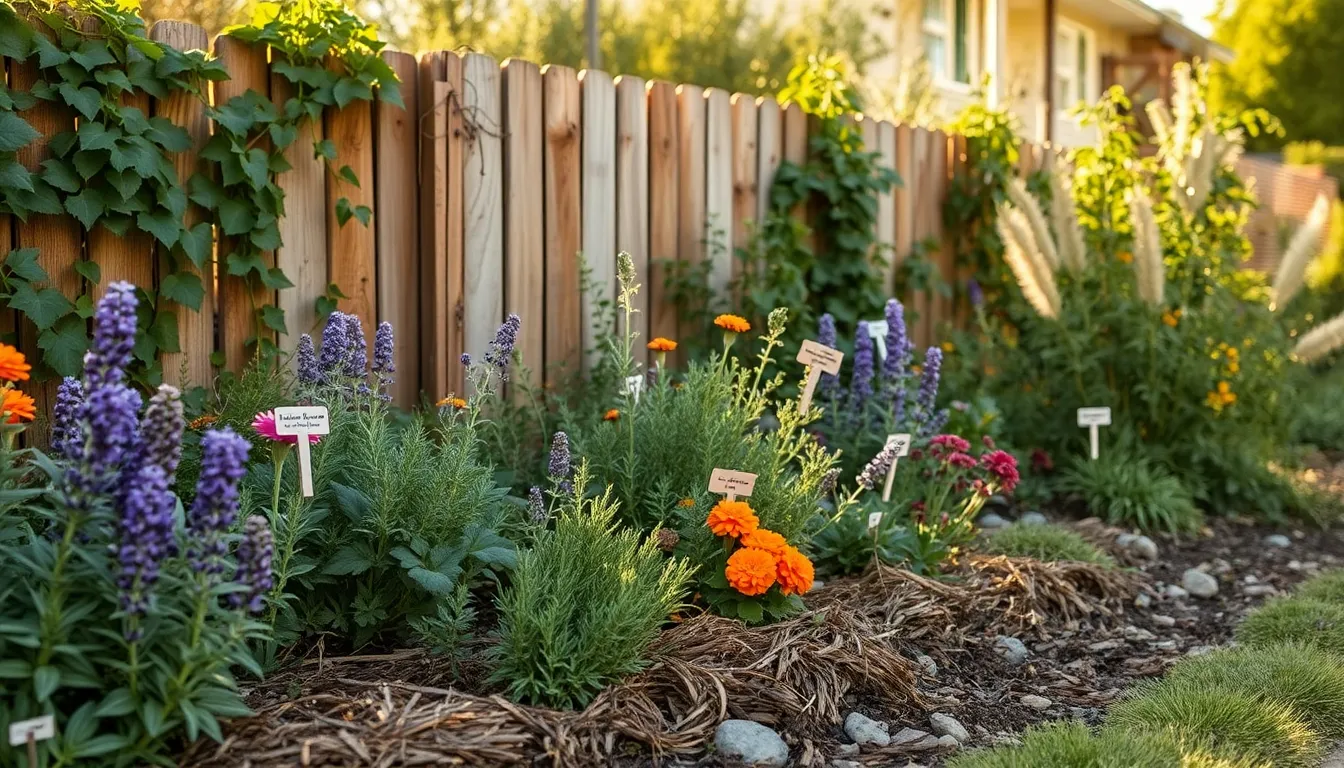
How to Keep Rabbits Out of Garden
When it comes to creating a garden that thrives, few challenges are as persistently perplexing as keeping those adorable yet ...
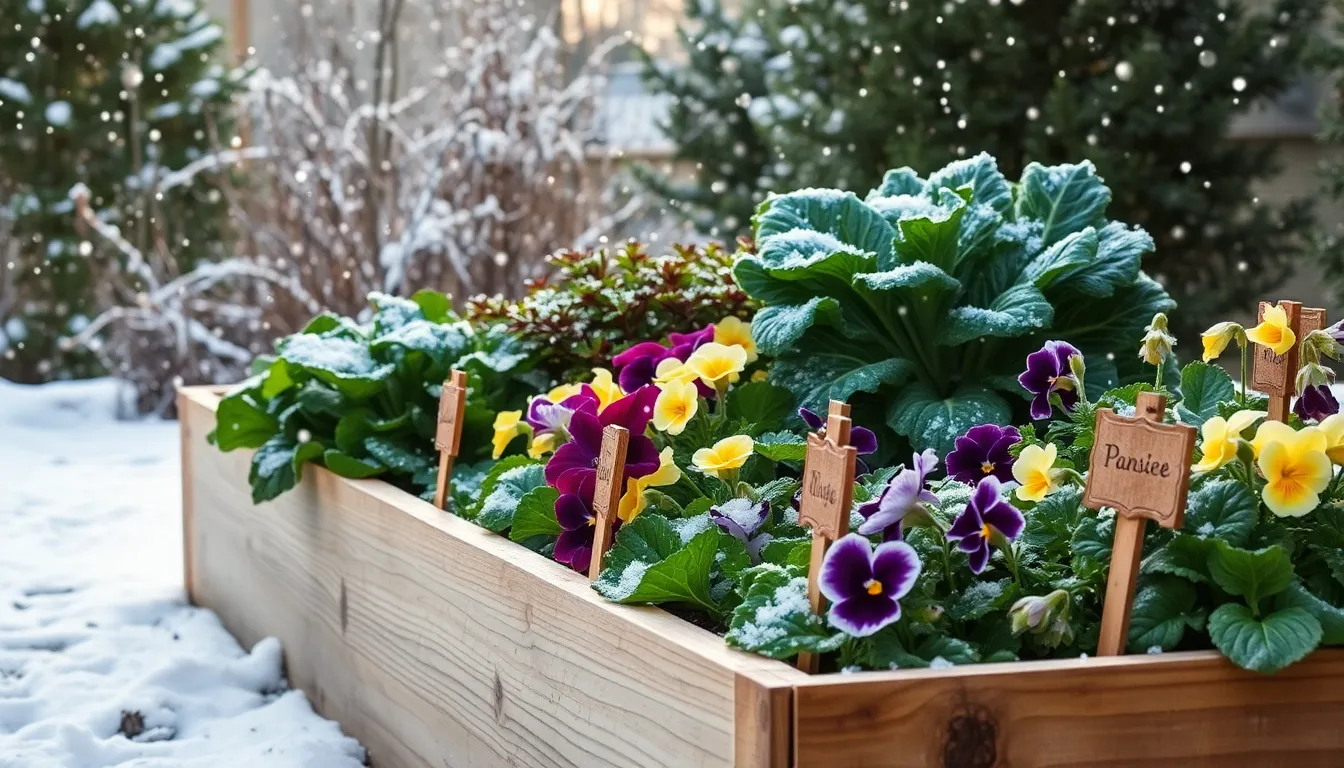
Winter Gardening Tips
As the chill of winter sets in, many gardeners might tuck away their tools, but the true enthusiast knows this ...






